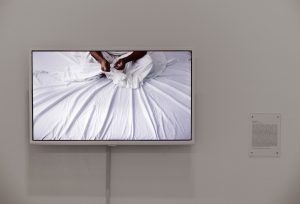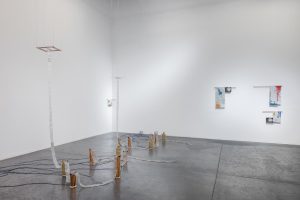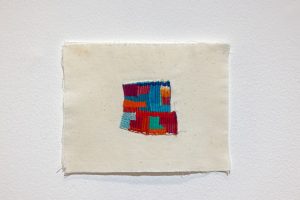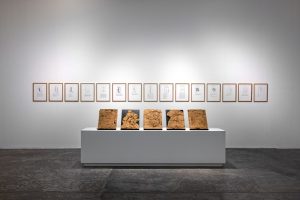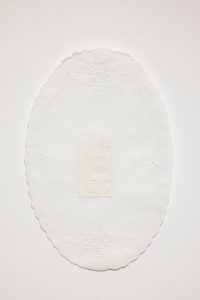Oftentimes, memories live on in parts of our body that we don’t necessarily think about when we think of sadness. We classify them as side effects; responses to lived experiences and trauma; conditions to fix.
a patch of skin that becomes shiny and scaly, like that of a fish, flaking away in small grey chips
an ankle that clackity-clacks with every step taken; like a musical tempo, reliable, always there
ears that can’t hear much anymore but cannot seem to shut out the ringing in the head
a scar in topographic relief, where the skin healed unevenly over sutures and pulls sometimes
Like clockwork, we are told: walk it off, stretch it out, submerge it in heat, nourish it with that which we aren’t already consuming. Take care of it and the condition will go away. But should we try to send it away, or could we instead massage it into our bones so that we can live with it?
I don’t believe these are side effects; I believe these are pockets of memories finding space in the body that is home—a pliable architecture of nebulous space; I believe these memories are also not always our own. Sometimes they pass down through blood, other times through proximity, and often they sit in the hollow behind the knee joint, or at the nape, or somewhere in our stomach. We are no longer called crazy when we use the term intergenerational trauma. We always knew our bodies could carry the grief of others, even strangers, and that of the land.
A remnant of slower living, and even slower practice of consuming, is the act of darning. Taking a needle and slowly teasing apart the edges of a ripped hole in a beloved piece of cloth and gently, gently, carefully, steadily, weaving a fine thread into the soul of the fabric and healing the tear. If the wound is small and the job well done, the scar is so fine that one would never know there was anything there. Preservation or pretence?
Taking apart items is a form of healing too, I realise, watching Majd meticulously shred a bedsheet, thread by thread, to the soundtrack of harrowing testimony. The act seems driven by a quiet rage that trembles under the skin and cascades out from the fingers. In other instances, where he adds and creates through embroidery (encompassing all the gentleness of action and weight of history), he lets us know how his gesture isn’t always accepted: son this is a waste of time.
Is it not the same, this latent torment, that makes Nasser build little monuments to loss—personal and collective— that, in time, themselves will be lost as well; where disintegration becomes the narrative tool? That which flows from the hands (and feet) onto objects, potent enough to both erect and dismantle preciousness. And that which resounds back from the objects, rushing up from the soles of the feet, coursing through the body as a shiver, and pushing out again, but this time transformed into poetry. He says: Ain. Eye. Ain. Tears.
Beyond the lyrical realms of melancholia or despair, Gulsah puts forward an empirical theatre of the commonplace. Potatoes: are not like sand; are not like thread; cannot become glass; cannot become tapestry. And yet, as she draws patches of skin from them, stitched together like quilts and chest cavities, and then lets them disintegrate to the ravages of time and heat, they embody all of those conditions. I think of food and human flesh as interchangeable actualities and shudder. No, as long as there is body memory, ordinary is not the same as innocuous.
Strips of vegetable hide and rising steam, cotton doilies and unavoidable architecture, packed sand casts and singing by/about water—where does the permanence end and the transience begin?
When distressed, sometimes the mind makes the body engage in the most unimaginative tasks to distract from the malaise. Anything that finds a way to systemize chaos into appropriate cupboards and shelves. I grew up watching my aunts peeling and chopping vegetables endlessly. I presumed they had resigned to this act as an extension of their prescribed character profiles. Decades later, as I absentmindedly rolled a pea between my fingers, I had a flashback of one of them declaring that shelling peas was her favourite activity.
Text by Saira Ansari






